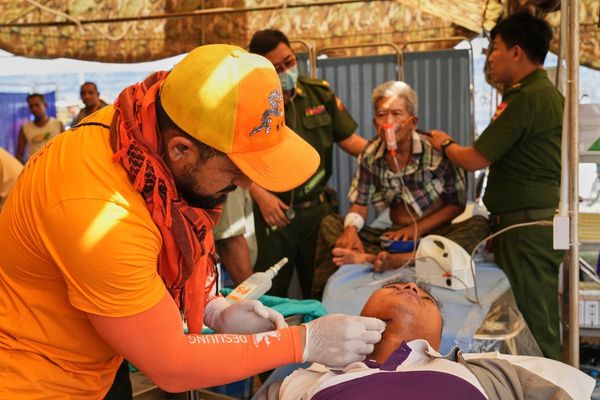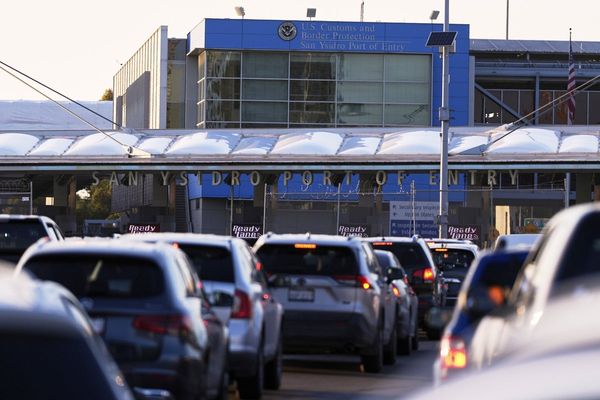
I was initially anxious about kayaking around Australia’s busiest waterway. I cycle to work and Sydney’s roads can be hateful – why would the harbour be any different?
While I have kayaked before, I still consider myself a beginner. It takes me back to memories of paddling till my arms fell off at school camp, or capsizing friends on a lazy river as cub scouts. Kayaking as an adult was more of a “fake it till you make it” proposition.
Fortunately, I am in good hands with Sophie Morgan, whose company OzPaddle runs kayaking tours around the city. Morgan says that, in many ways, kayaking is a lot like cycling. With one key difference: less traffic.

“There are very few places I wouldn’t recommend to kayak,” she says, adding that in Sydney anywhere east of the Harbour Bridge is ideal, as beyond there the waters do get busier and narrower.
As we set out from the Andrew (Boy) Charlton pool, on the eastern side of the Botanic Gardens, the crowded city seems to disappear behind a canopy of trees. Then, as we paddle our way around the bend at Mrs Macquarie’s Chair, the Harbour Bridge and Opera House make a slow, dramatic reveal – framed by towering skyscrapers and blue water.


The waters around here, even all the way up to the Opera House, are relatively empty, with only the occasional ferry pushing a small wave from afar. Morgan has been taking kayaking tours out on to Sydney harbour for 12 years now, and she is still energised by the view. “I go to the same place every time and I do not get bored.”
The former Iron Woman is a good advertisement for her chosen sport’s fitness benefits. “You’ll get a six-pack,” she jokes as she corrects my paddling technique.
The key is to hold the paddle with your arms at 90 degree angles, reaching forward as you paddle so you dip only the fin into the water. By holding the paddle properly, and avoiding pulling past your own body, you get maximal propulsion for minimal effort.
Not no effort though. Kayaking is great resistance training for surfers and swimmers, Morgan says. It is also good exercise for those with bad knees – she knows kayakers who keep paddling into their 80s.
For beginners, a class like hers, which runs for two hours and is priced at $125 per person, is a good way to learn the ropes. But once you’ve got a handle on the right way to paddle, you can hire a kayak on plenty of large, flat bodies of water around Australia, often for as little as $20 an hour.

Morgan does warn beginners off double kayaks though. Even if you plan to paddle alongside someone else, “the divorce rate is lower in singles”.
When it comes to buying equipment, Morgan says you get what you pay for. “A good paddle is going to make a lot of difference.”
Longer, lighter and stronger gear helps conserve energy, but it comes at a cost. If you are looking to get your own kit, a kayak can cost you as little as $200, or as much as $5,000. Meanwhile paddles can go for as low as $15 and as high as $400; with life jackets as an added expense. Cheaper equipment tends to be shorter and heavier, Morgan says, forcing kayakers to put in more work.

As for the best time of day to set out, she says “early morning – it’s always better”. While the middle of the day is both hotter and windier, at dawn it tends to be “more peaceful”.
At the end of our paddle together, I’m surprised to find no trace of that school camp feeling. My arms aren’t falling off – instead I’m energised and ready to take on the day. Timing is important, but technique is everything.
This article was supported by Destination NSW and activity was provided by Sophie Morgan from OzPaddle Sydney.







